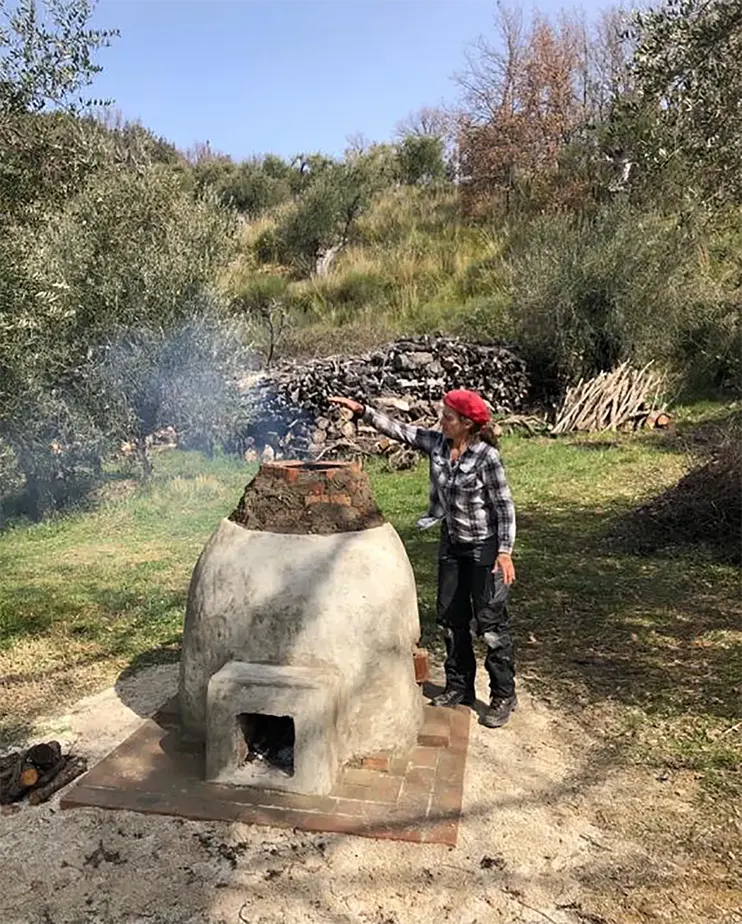POTENTINO
Portada » ART RESIDENCES / POTENTINO
POTENTINO
ITALY
AÑO: 2020
My initial plan for Potentino was to reproduce the fauna that once lived in this area, whose population had shrunk due to the progress of urbanization (cars, pollution, construction, noise). The first animal I thought of was the wolf, then the deer and the lynx. I imagined them as rising from the earth. Shortly thereafter, with the arrival of the pandemic, this would become reality. As
I progressed with the work, the virus advanced on Italy and no one could enter or exit the castle. My feelings were confused and oscillated between optimism and desolation.
As soon as I arrived in Potentino, I built a wood-fired kiln to be able to fire the artworks. The mortar had mud, sand, clay, dry grass cut with machete and horse dung as ingredients. The mortar must respect exact proportions between the ingredients. I made a tub with plastic and mixed the ingredients with my feet. The kiln took a week of work between topping up and up. Before the quarantine began I made a medium-sized deer with clay taken from the river 200 m from the castle. Then I made a lynx also of medium size and some feline heads. During my stay, Charlotte Horton gave me some books on Etruscan art. I saw the funeral urns and the figures of animals and people. Some people had portrait heads. Starting from these images and because of the uncertain situation in which we were living, I decided to make funeral urns with the heads of the 6 women who were living in the castle. The process consisted in collecting the clay from the river, filtering it, drying it, ankneading it, making each urn different from the other, portraying each woman to make the portrait heads. Then I burnished the urns and heads.








